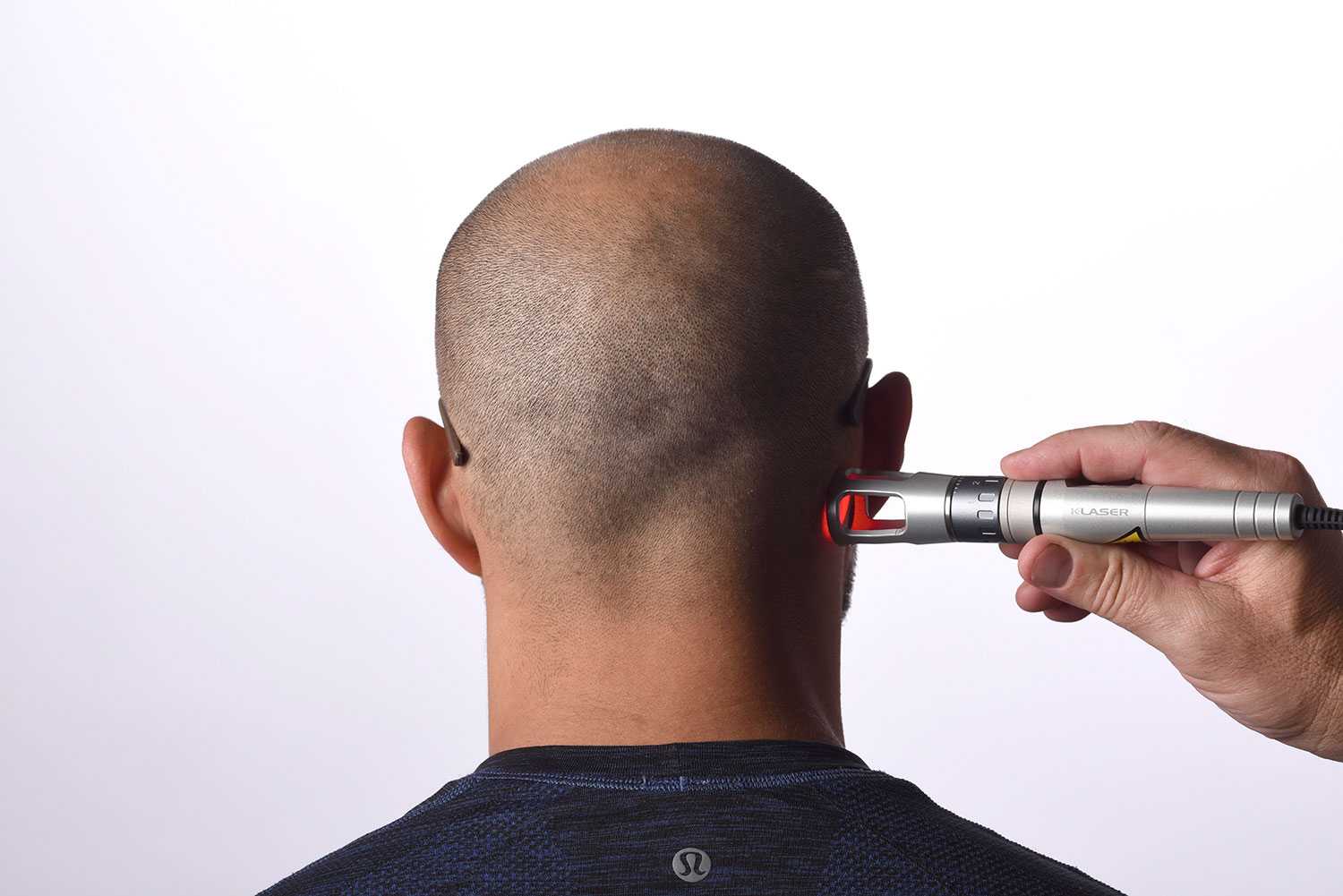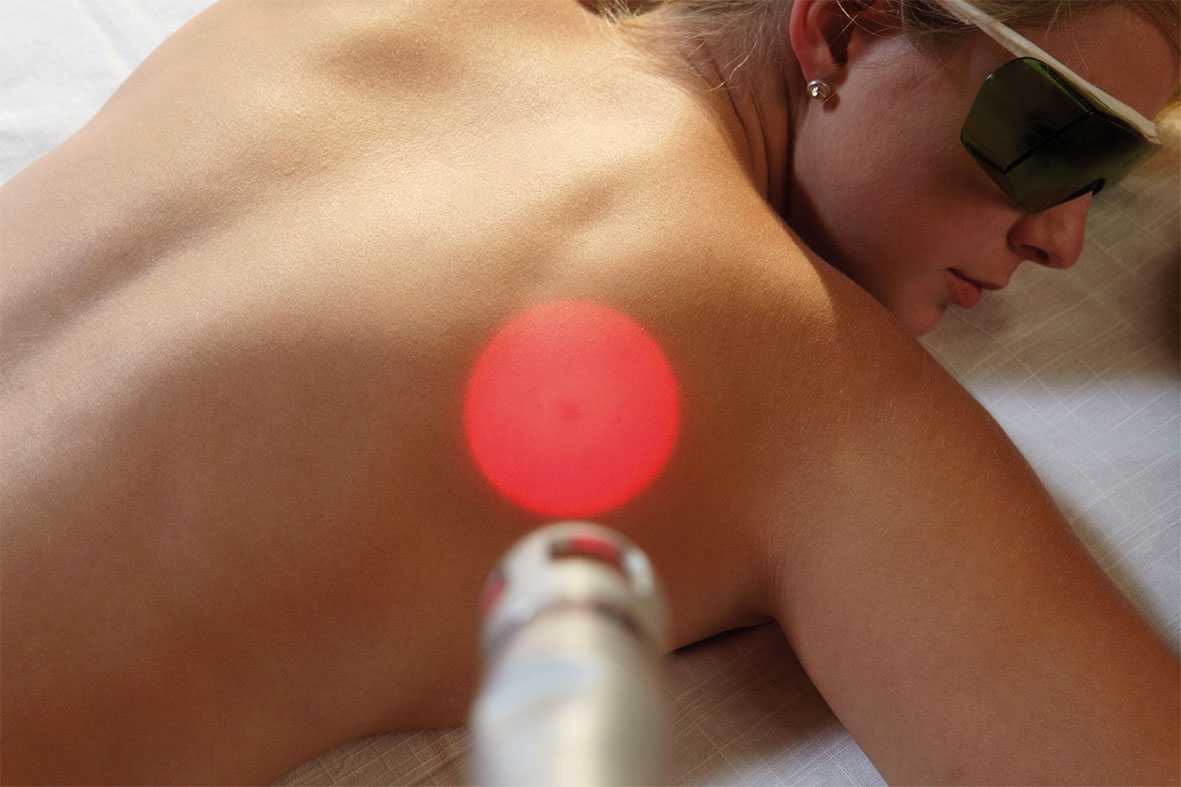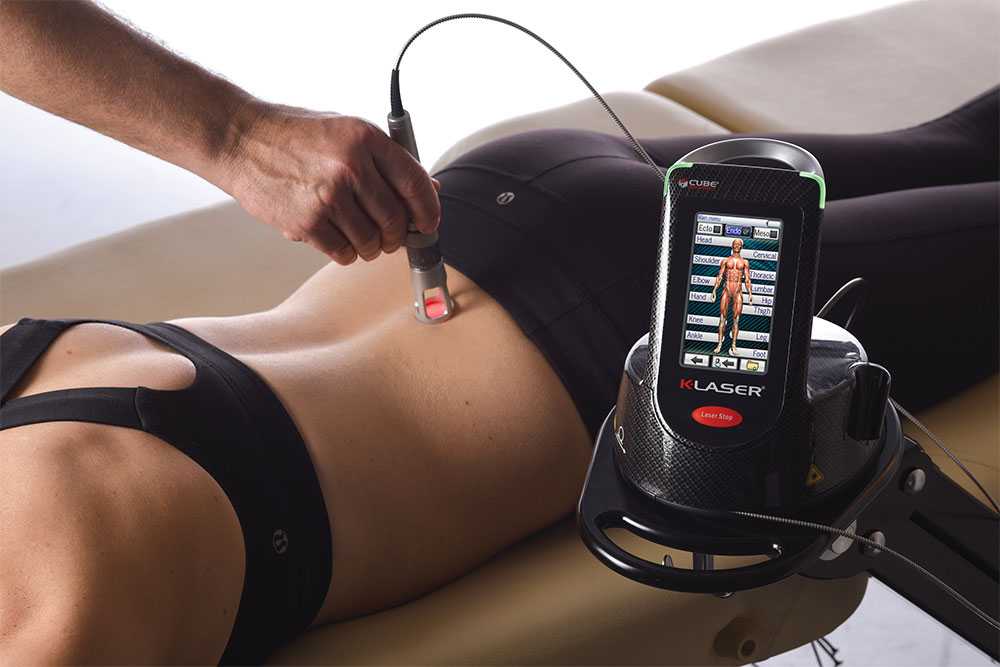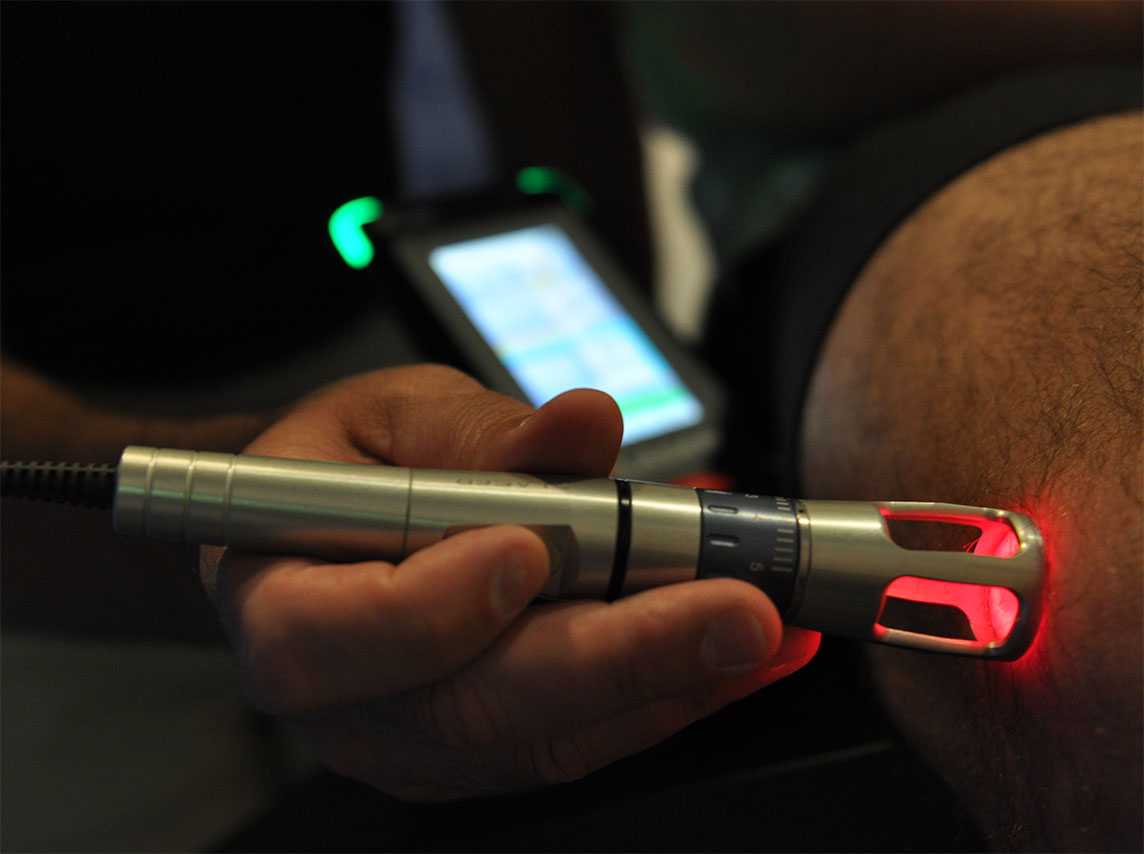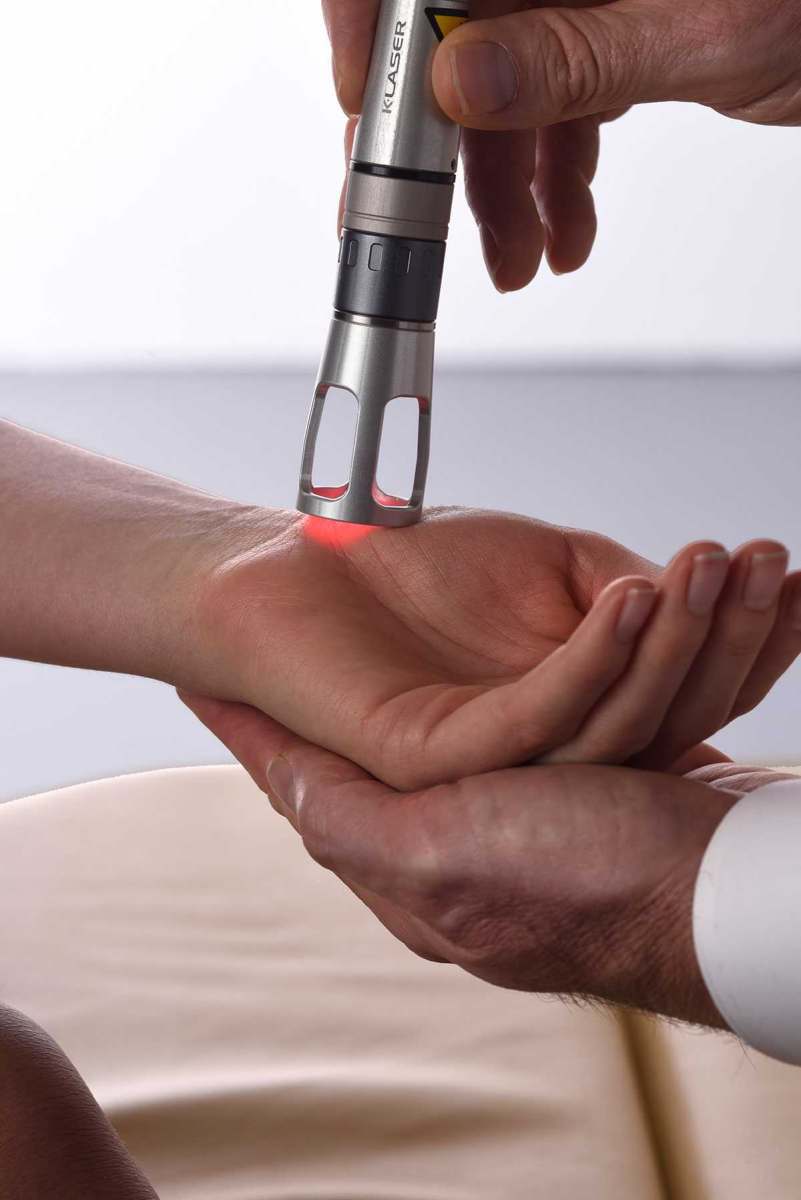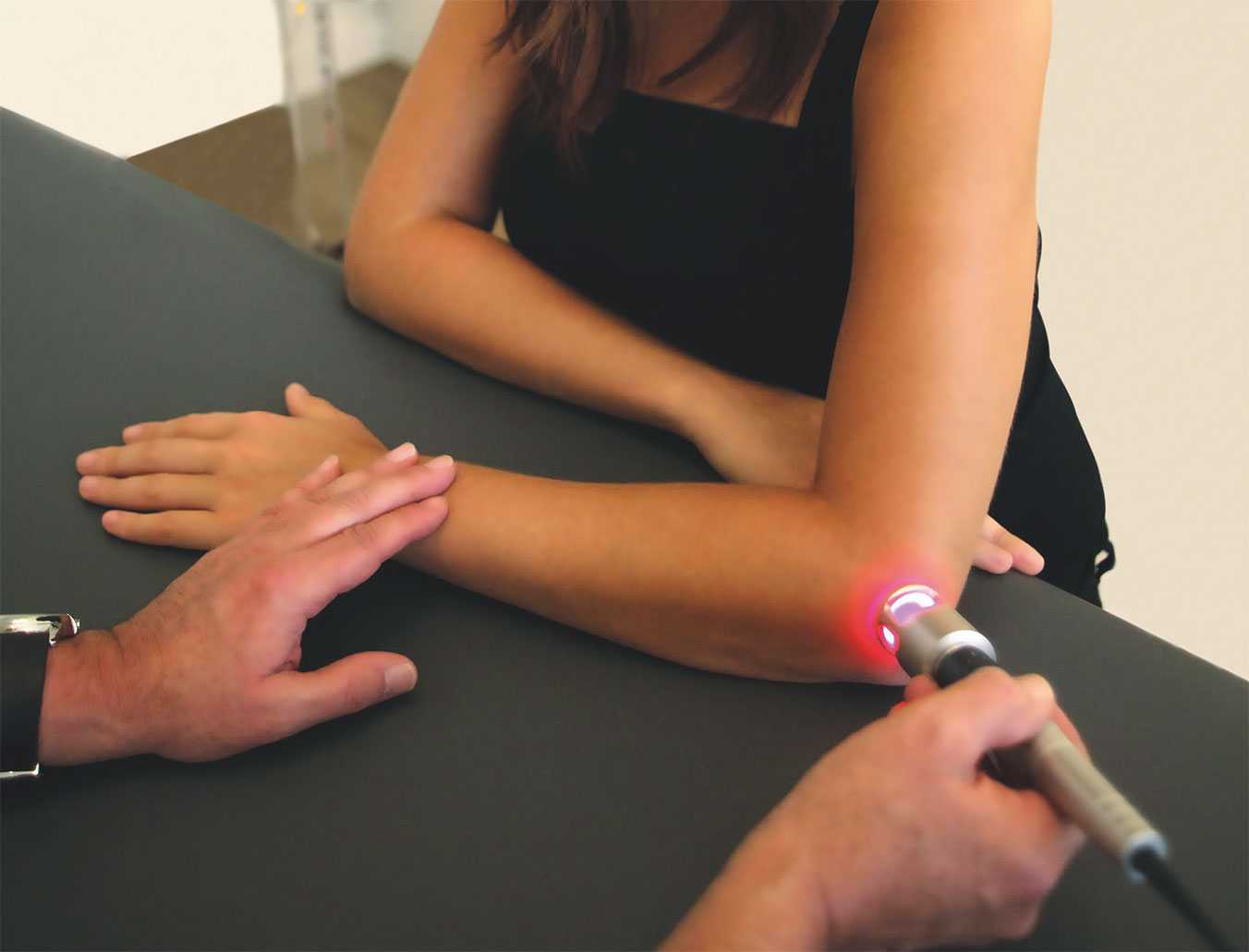Laser
Laser therapy has been shown to not only speed up recovery of damaged tissues, but to increase the amount of collagen production, which means the repaired tissue is stronger.
There is a vast amount of evidence to support K.Laser and it has been shown to help with conditions like osteoarthritis. Not that it can reverse this condition, but it can help significantly with the pain.
It’s fantastic post-surgery because it can really speed up and improve wound healing. It’s also great on muscle tears and ligament sprain because of this speeded up healing process!
Laser or K.Laser as we know it, is a great piece of equipment. Laser therapy has been around for a long time. It has been common practice for class IIIb lasers to be used amongst therapists. In the last 20 years they’ve been upgraded to class 4 lasers. These are a lot more powerful, but still fully safe to use. They can achieve the same level of therapeutic outcome in 5 mins. Whereas, with a class IIIb laser, it would take 66 hours to deliver the same level of energy. That’s a big difference!!
All lasers work on a wavelength of light that is on the safe side of the visual spectrum. That is, they are on the non-ionizing side, whereas x-rays and gamma rays, are on the other, ionizing side, which is more damaging if we’re over exposed.
Laser therapy uses selected wavelengths of light to stimulate key molecules in human tissue. Decades of medical research have identified the wavelengths, energy levels, and frequencies that induce changes in cellular metabolism, a process call photobiostimulation.
Chromophores are components of our tissues that absorb light. The three most absorbent chromophores in our tissues are: water, melanin (the substance that determines how dark our skin is), and haemoglobin, which is in our blood and carries the oxygen.
So, What’s so special about the K.Laser! It works on 4 different wavelengths. This determines how deep the laser can penetrate the tissues of our body. The other thing that can affect how deep the laser works is the output power. Therefore, sometimes the laser can be a continuous beam and other times it can be a pulsed beam or even a super pulsed beam (flashing), which basically means we can turn up the power, without overheating the tissues, to get deeper depths.
Melanin, haemoglobin and water all absorb light better at different wavelengths. Water absorbs light at around 960nm, haemoglobin absorbs light at around 905nm, cytochrome C Oxidase at a wavelength of 800nm and melanin at a wavelength of 660nm.
So, by turning the power up and down and having a mixture of continuous beam, pulsed beam and super pulsed beam, we can stimulate all these different tissues at different depths in the body.
So, what actually happens?
We have chromophores on our mitochondria. These are the power plants of our cells and body. They produce a substance called ATP, our energy. When you apply the laser, it increases the production of ATP, which has been shown to have a significant healing effect on damaged cells and tissue. It does this by having an effect on cytochrome C Oxidase within the mitochondria.
Generally speaking, the biostimulating effect of low-level laser treatment is, its anti-inflammatory, analgesic and anti-edematous effect on tissues. It has been proven that there is an increase in microcirculation, higher rates of ATP, RNA and DNA synthesis, and thus better tissue oxygenation and nutrition.
So, the laser is increasing the amount of ATP (energy) in the area. It’s causing oxygen to be released from the haemoglobin when it encounters the light. Its causing vasodilation (more blood to the area) and something called angiogenesis, which means more blood vessels are being made, which helps repair the area because there’s more nutrients being brought in. All of this at the same time as having an anti-inflammatory affect! That’s amazing, normally when you increase blood to an area, you increase the swelling. This is doing the opposite!
Not only this, but it has a physiological effect on pain and dampens down the nervous system.
So not only does the laser treatment help with pain and inflammation but it also helps with tissue recovery, and significantly speeds up healing time!

